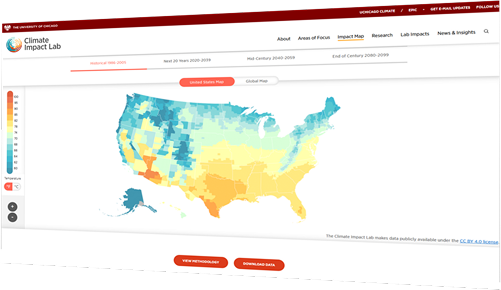प्रदूषण तथ्य
Where does particulate pollution come from?
Where does particulate pollution come from?
Though some particulates arise from natural sources such as dust, sea salt, and wildfires (we remove these types from our AQLI analyses), most PM₂.₅ pollution is produced by humans.
The fact that burning coal pollutes the air has been known for a long time. Around 1300, King Edward I of England decided that the punishment for anyone who burned coal in his kingdom would be death. Today, fossil fuel combustion is the leading global source of anthropogenic PM₂.₅ [10] acting through three distinct pathways [11]:
First, because coal contains sulfur, coal-fired power plants and industrial facilities generate sulfur dioxide gas. Once in the air, the gas may react with oxygen and then ammonia in the atmosphere to form sulfate particulates.
Second, combustion that occurs at high temperatures, such as in vehicle engines and power plants, releases nitrogen dioxide, which undergoes similar chemical reactions in the air to form nitrate particulates.
Finally, diesel engines, coal-fired power plants, and burning of coal for household fuel all involve incomplete combustion. In this type of combustion, not enough oxygen is present to generate the maximum amount of energy possible given the amount of fuel. Part of the excess carbon from the fuel becomes black carbon, a component of PM₂.₅ that is a significant contributor to climate change.
Finally, diesel engines, coal-fired power plants, and burning of coal for household fuel all involve incomplete combustion. In this type of combustion, not enough oxygen is present to generate the maximum amount of energy possible given the amount of fuel. Part of the excess carbon from the fuel becomes black carbon, a component of PM₂.₅ that is a significant contributor to climate change.
In addition to fossil fuel combustion, humans generate PM₂.₅ through the combustion of biofuels such as wood and crop residue for household cooking and heating. Biofuel burning emits black carbon and organic particulates. In many parts of the world, biofuel combustion’s contribution to particulate pollution is comparable to that of fossil fuels. The burning of biomass—forests, savannah, and crop residue on fields—to clear land for agriculture is also a significant source of anthropogenic particulate pollution. [12]
Does particulate pollution have anything to do with climate change?
Does particulate pollution have anything to do with climate change?
The combustion of the same fossil fuels that releases life-threatening air pollution also release greenhouse gases contributing to climate change. And, unlike air pollution that is highly localized, climate change doesn’t care where you live. It impacts all countries. Fortunately, mitigating air pollution can also help to confront climate change. The Climate Impact Lab measures the impacts of climate change at global, national and local levels

FOOTNOTES
Notes and Sources
Gibbens, S. (2018). Air pollution robs us of our smarts and our lungs. National Geographic. Retrieved from https://www.nationalgeographic.com/environment/2018/09/news-air-quality-brain-cognitive-function/?user.testname=none
Global Burden of Disease. (2019). Retrieved from https://ghdx.healthdata.org/gbd-2019
Iadecola, C. (2013). The pathobiology of vascular dementia. Neuron, 80(4), 844-66.
Ling, S. H., and van Eeden, S. F. (2009). Particulate matter air pollution exposure: role in the development and exacerbation of chronic obstructive pulmonary disease. International journal of chronic obstructive pulmonary disease, 4, 233-43.
National Research Council. (2010). Global Sources of Local Pollution: An Assessment of Long-Range Transport of Key Air Pollutants to and from the United States. Washington, DC: The National Academies Press.
Philip, S., Martin, R.V., van Donkelaar, A., Lo, J.W., Wang, Y., Chen, D., …, Macdonald, D.J. (2014). Global chemical composition of ambient fine particulate matter for exposure assessment. Environmental Science & Technology, 48(22), 13060-13068.
Wilson, W.E. and Suh, H. H. (1997). Fine particles and coarse particles: Concentration relationships relevant to epidemiological studies. Journal of the Air & Waste Management Association, 47(12), 1238-1249.
Xing, Y. F., Xu, Y. H., Shi, M. H., & Lian, Y. X. (2016). The impact of PM2.5 on the human respiratory system. Journal of thoracic disease, 8(1), E69-74.